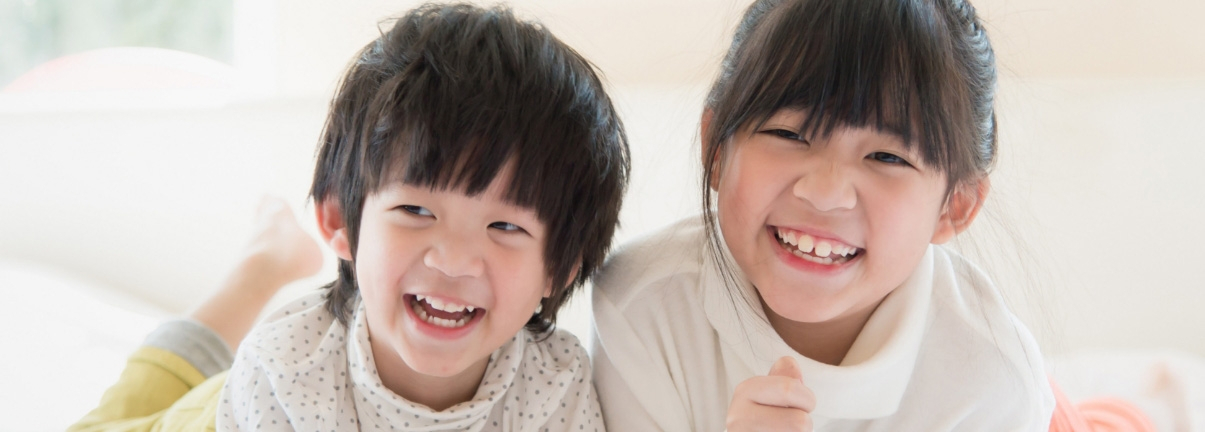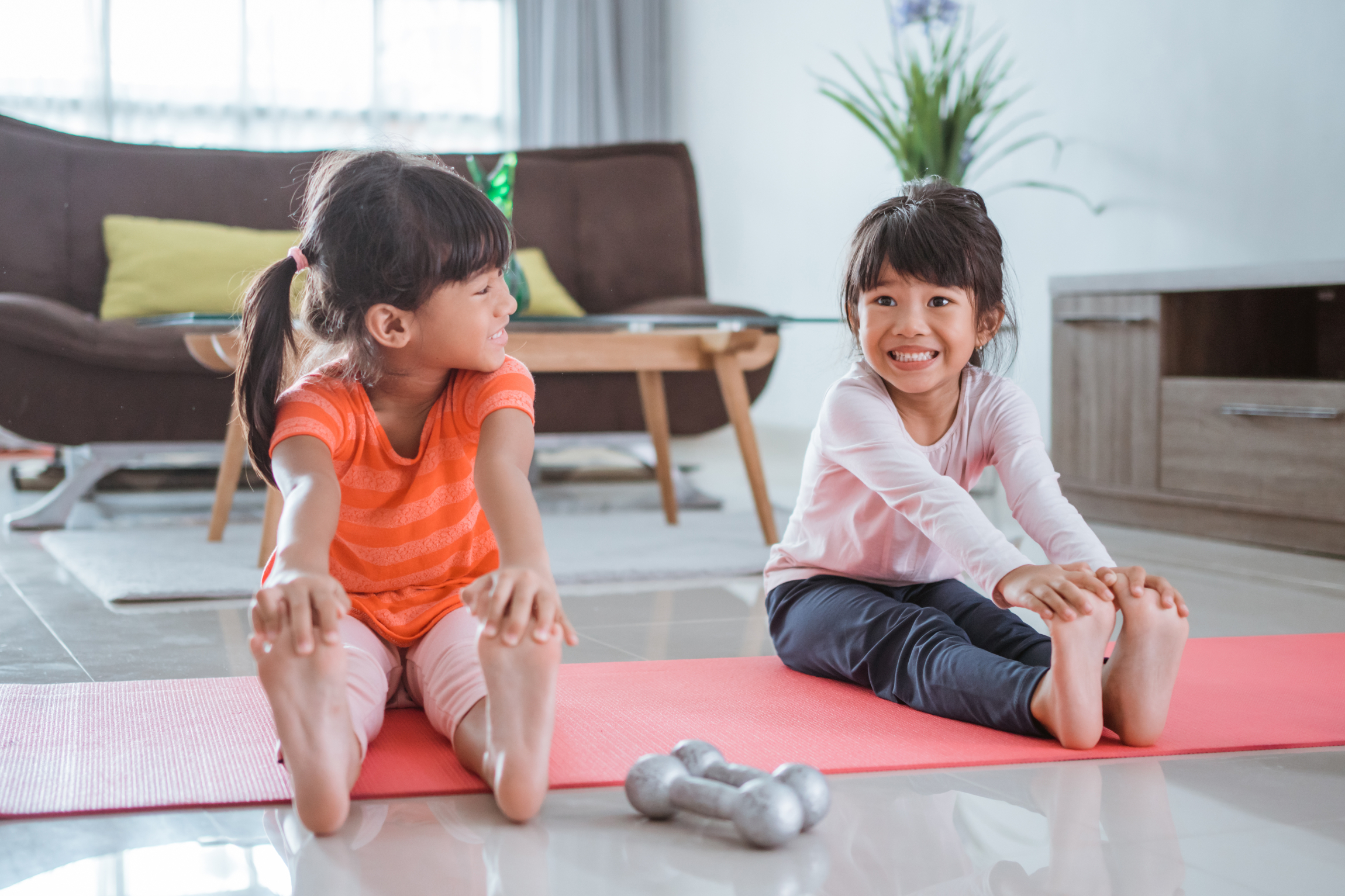
Is your child constantly jumping around at home? That’s actually normal for early childhood development! Adequate physical activity not only strengthens the body’s muscles but also supports intellectual growth, positively impacting brain development and cognitive abilities in young children.
Benefits of Physical Training
- Physical Development
Physical training equips young children with the basic motor skills needed for daily activities, such as lifting heavy objects, carrying a school bag, or climbing stairs. It also enhances their body coordination and motor planning abilities, which are essential for self-care and organizing tasks. - Brain Development
Physical exercise strengthens the neural connections in a child’s brain, improving cognitive functions, learning ability, emotional regulation, focus, and memory. These benefits contribute to more effective learning across various areas. - Social Development
When children engage in physical activities with siblings or peers, they develop social skills and the sense of teamwork. It also builds their confidence and motivation to participate. Confident children tend to be more driven and proactive in both learning and everyday life.
Home Physical Training – Practical Guide
Body Coordination
- Rice Roll Game
Lay a large bath towel on a mat. Have the child lie at one end of the towel. The parent rolls the child up in the towel, then encourages the child to try rolling out on their own until the towel is completely unwrapped.
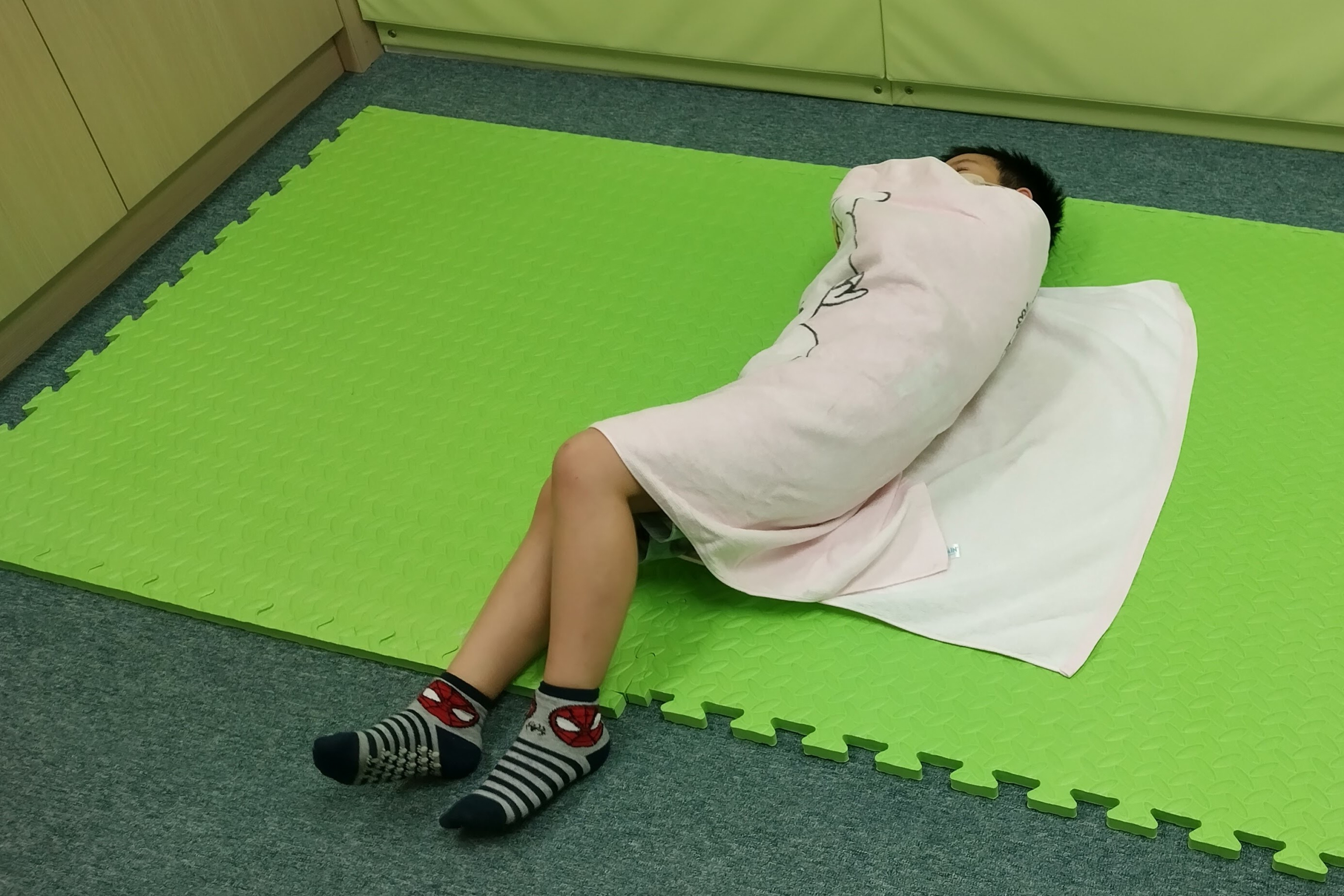

Enhancing Upper Limb Control, Strength, and Stability
- Water Pouring Expert
Let the child try pouring water using a kettle in daily life. From lifting the kettle, aiming at the cup, to controlling the pouring speed—each step is a great upper body workout.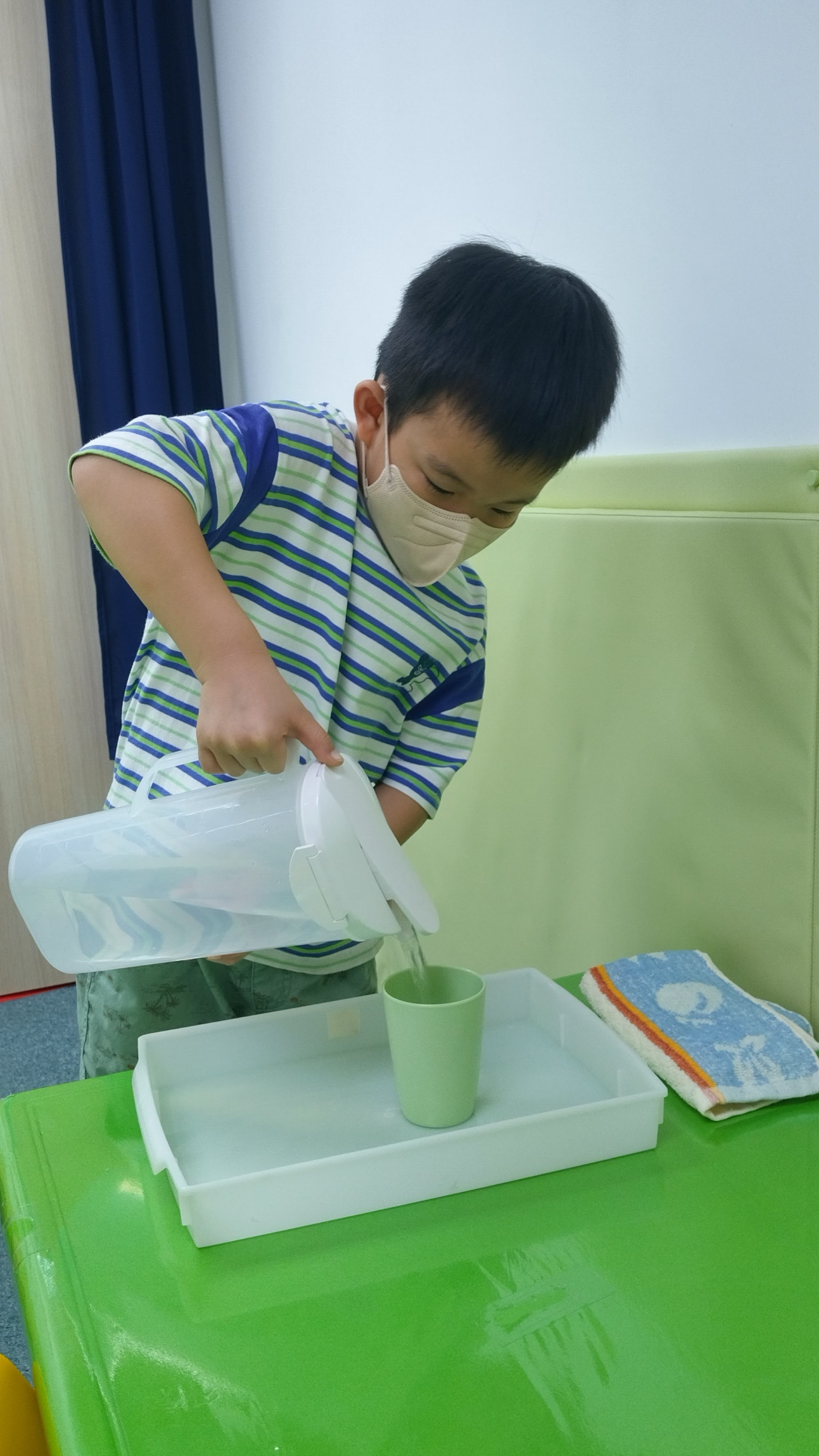
- Little Helper
When moving books or toy boxes at home, invite the child to help. This not only strengthens upper limb muscles but also trains their self-care skills.

Improving Weight Shifting and Balance
- Floor Wiping with Feet
Have the child step one foot on the floor and the other on a dry towel. Then wipe the floor with the foot forward, backward, or side to side. Switch feet afterward. At first, an adult can hold the child’s hands for support, and gradually reduce assistance as the child gains control.
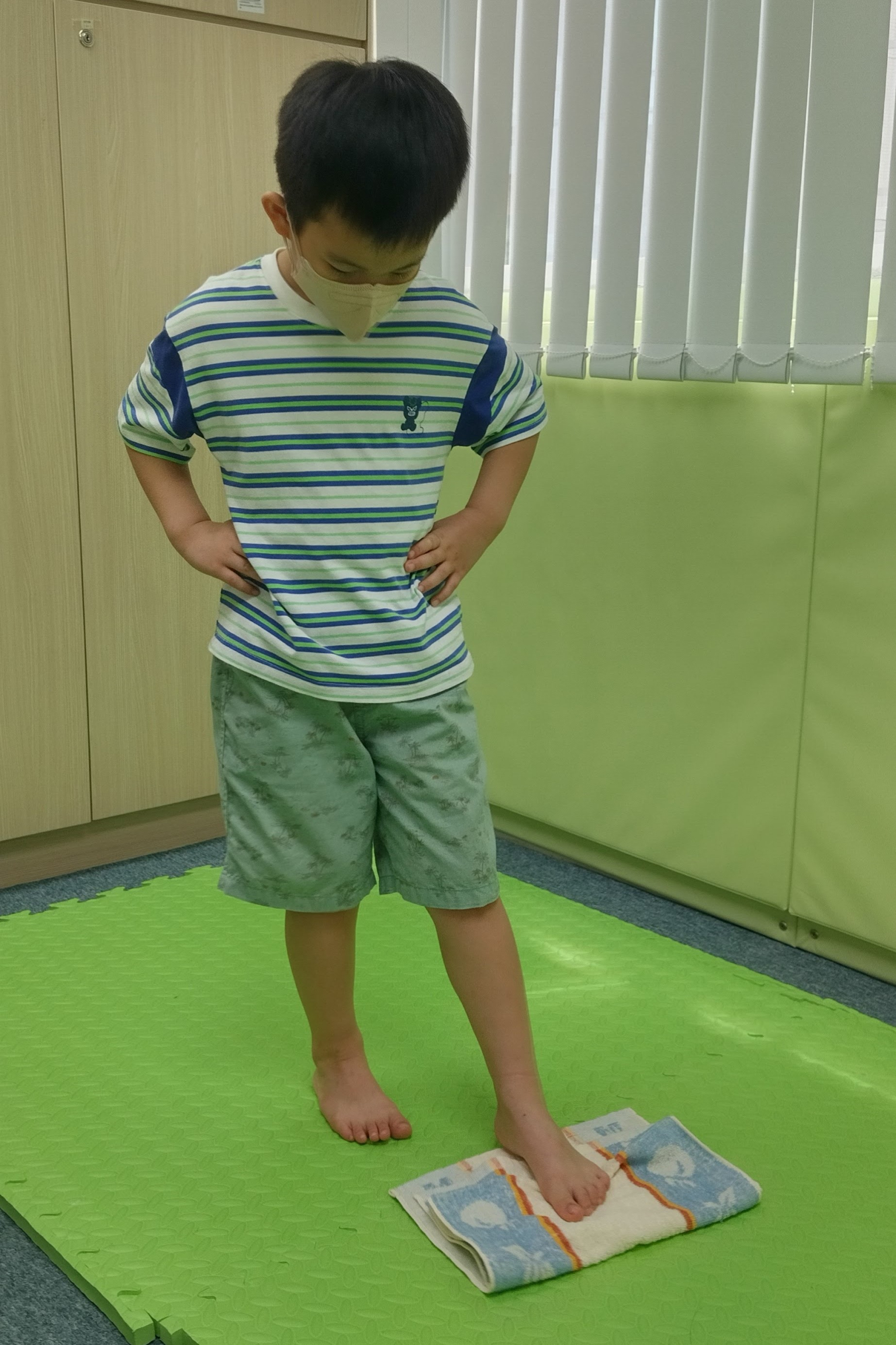
Strengthening Core and Limb Muscles and Control
- Picking up Toys in All-fours Position
The correct all-fours position involves palms and knees touching the ground, arms and waist straight, and legs forming two right angles. Though it looks simple, it’s a highly effective exercise. Encourage the child to maintain this posture while picking up toys from the floor.
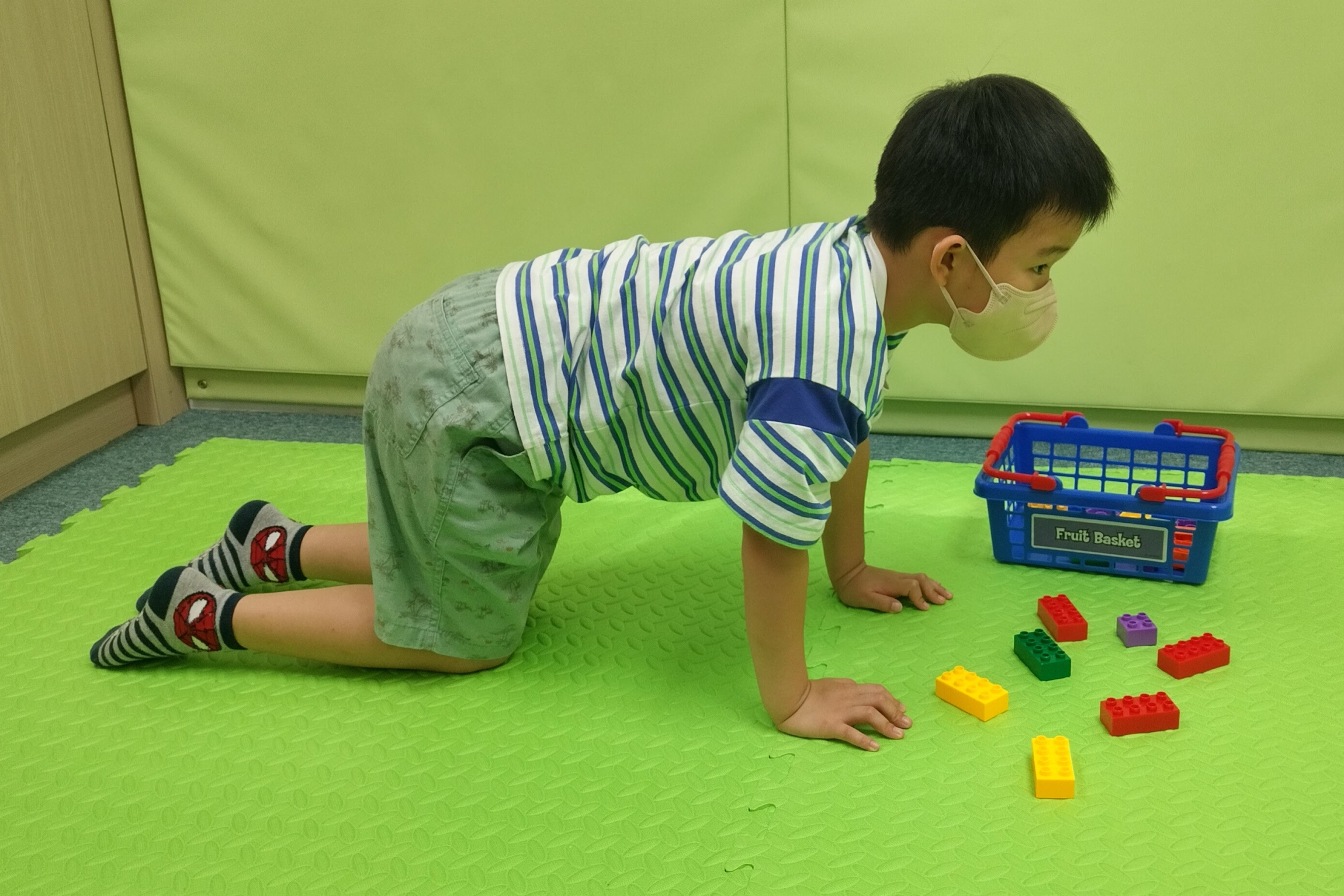
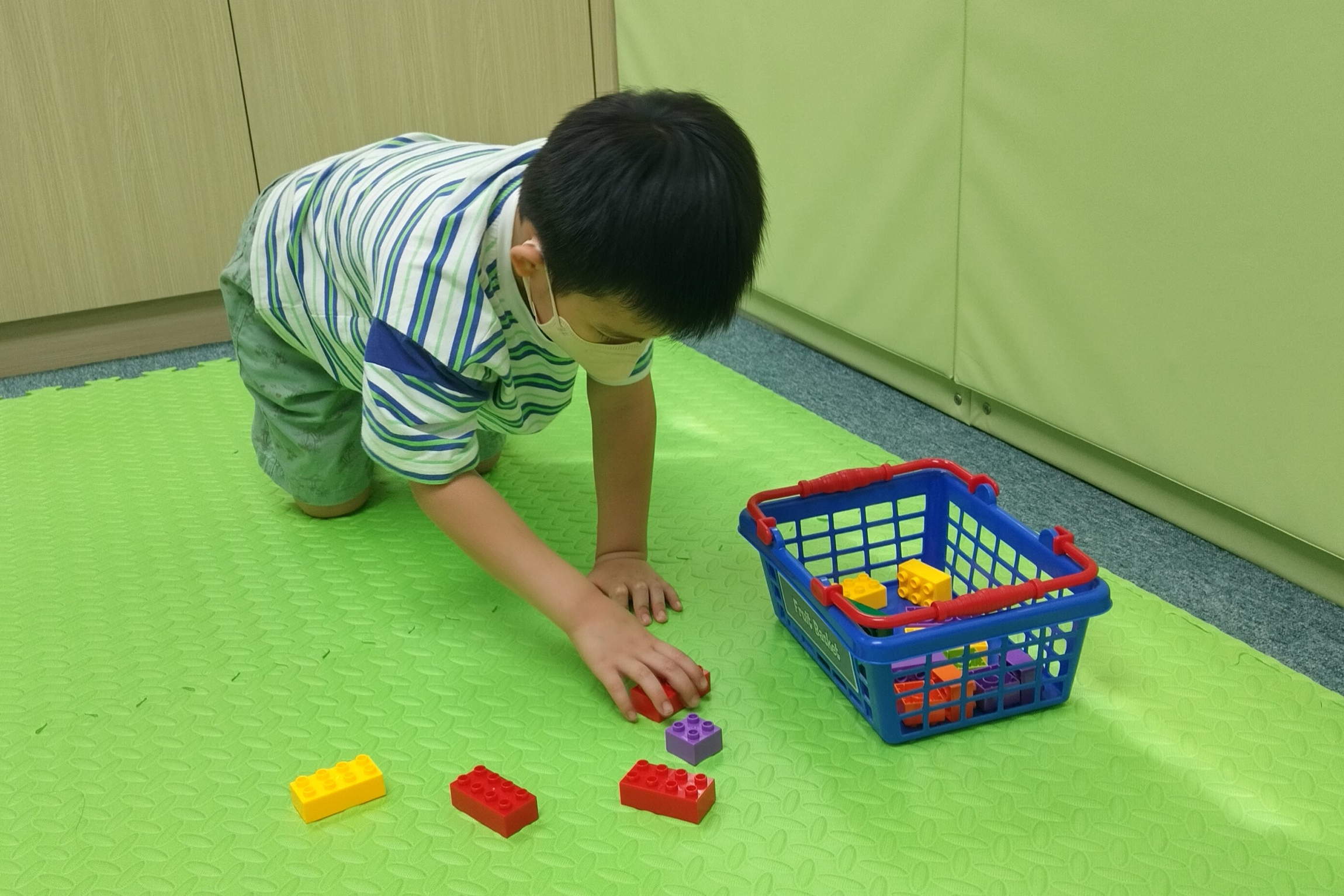
Motor Planning Skills
- Bed Making
From folding the blanket in the right direction, coordinating both hands to insert the pillow into the case, to spreading out a large bedsheet—these tasks are challenging for young children. Although it may take longer than doing it yourself, involving children in bed-making is a valuable experience for their development.
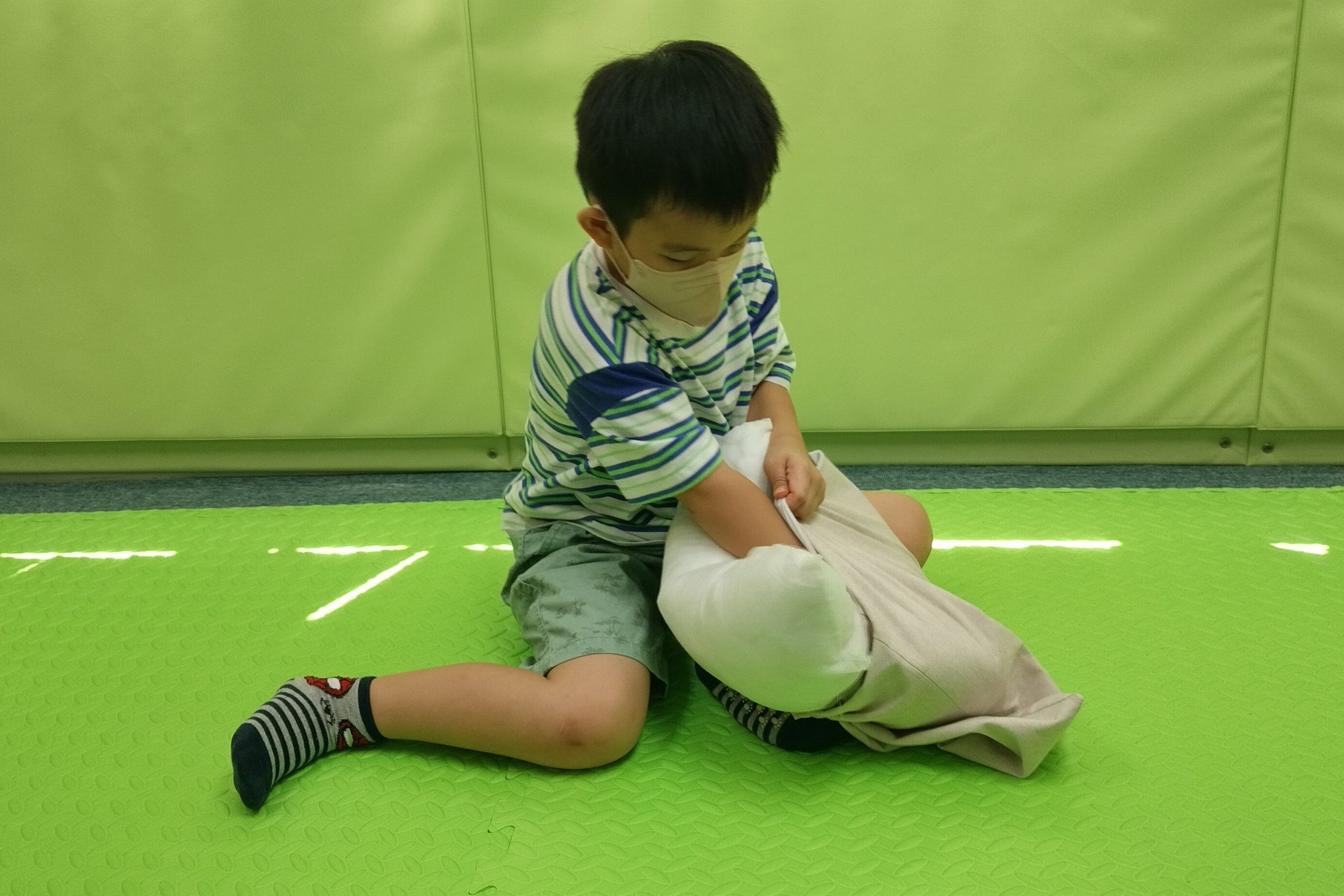
4 Tips for Parents
- Ensure a Safe Environment
Parents should make sure the activity area is free of obstacles to prevent slips or collisions. Sharp or fragile items should be placed out of children's reach. Activities that involve lying down, such as the “Rice Roll Game,” should be done on a mat or a double bed.
- Allow Children to Try
When children first try pouring water on their own, it’s likely the table and floor will get wet. But every mistake and attempt is a valuable learning opportunity. Through repeated practice, adjustment, and experience, children gradually move closer to success. During these attempts, parents can offer support like letting children to do water pouring over a tray, use a smaller kettle and a cup with a wider mouth, and be given a towel to clean up afterward.
- Set Appropriate Goals
Moderate challenges can boost children’s motivation and engagement. Take the “All-fours Position Toys Pickup” activity as an example: if a child can already maintain the posture for one minute, parents can set a new challenge goal of one minute and fifteen seconds or one and a half minutes.
- Give Positive Feedback
Parents should pay attention to what children do well and offer encouraging feedback. For example, if a child is trying to spread out a bedsheet but only manages to open half of it, a parent might say: “You’ve already spread out the top part—great job! Now just the bottom part is left. Keep going!” Positive and specific praise helps build a child’s self-worth.
LEUNG Hong Ki
Senior Children Development and Training Instructor Centre for Child Enlightenment, HKSPC
Hong Ki is a registered Child Care Worker (CCW) and Special Child Care Worker (SCCW) with over 10 years of experience in early childhood education. She is currently responsible for providing On-site Pre-school Rehabilitation Services (OPRS) and services under the Training Subsidy Programme (TSP).
